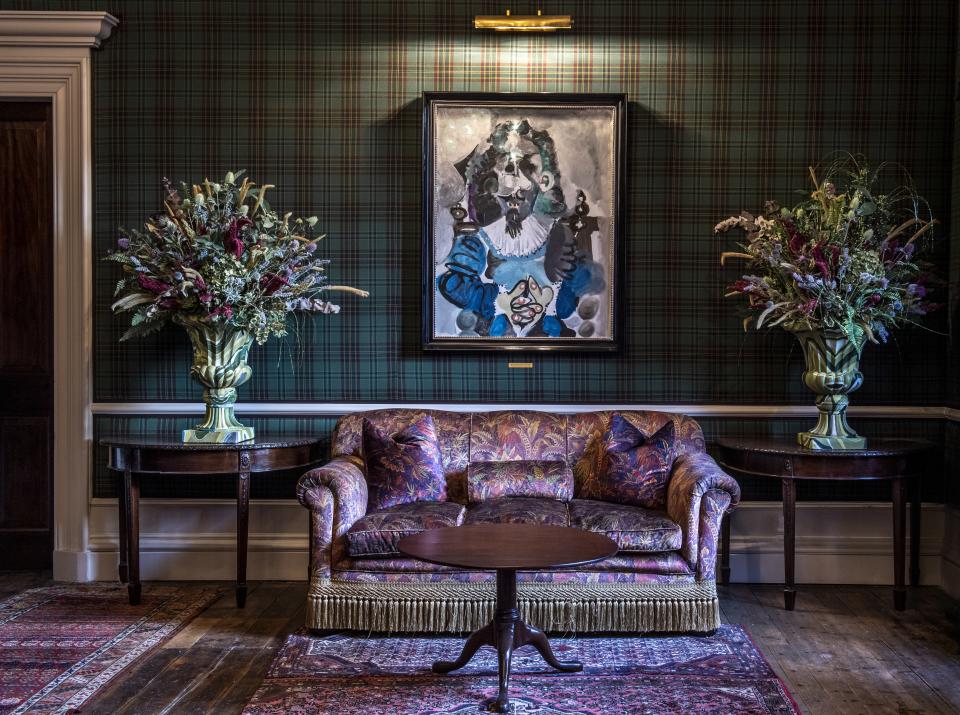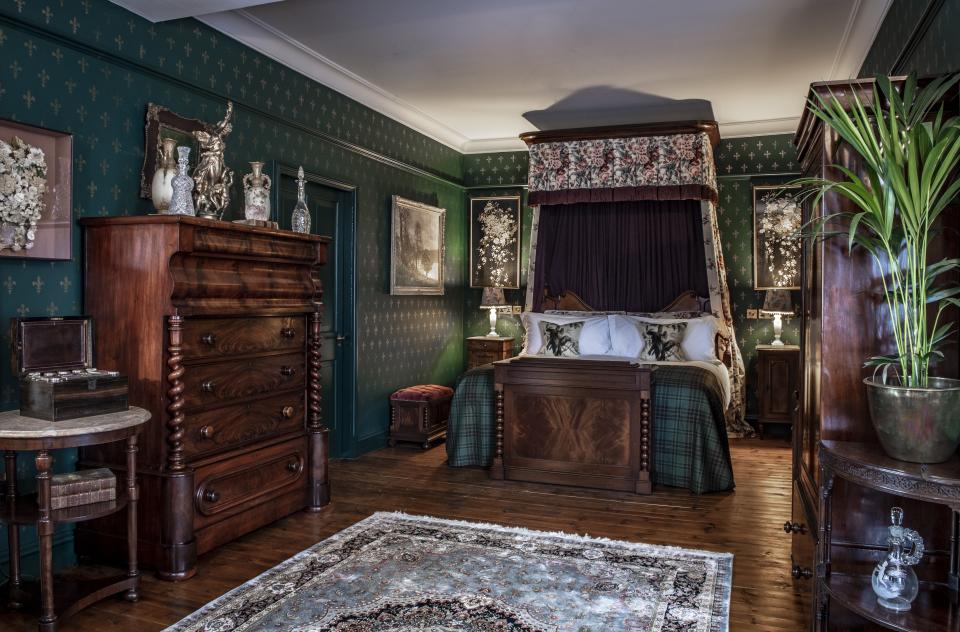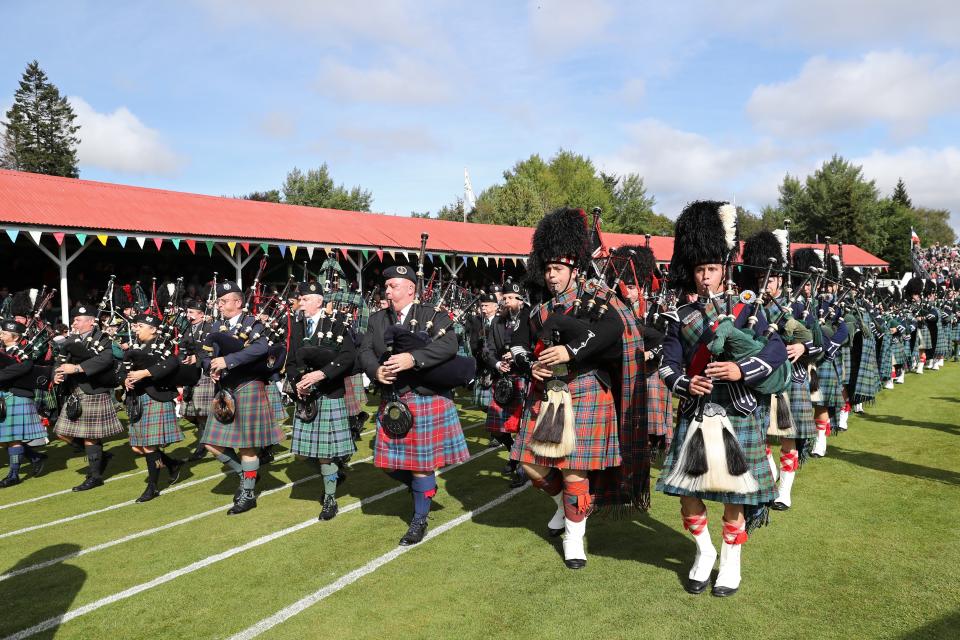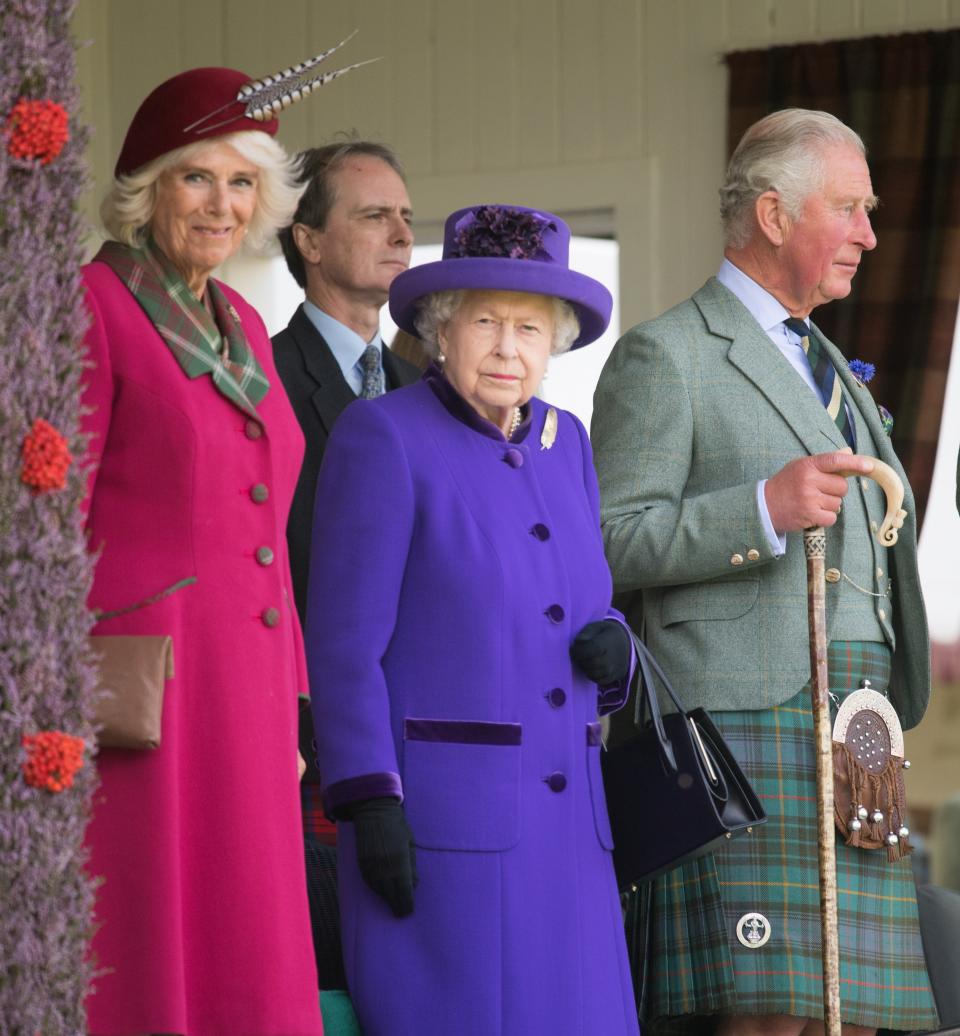Why the First Saturday in September Is the Best Time to Visit the Scottish Highlands
For some, it was The Crown, for others, it was Outlander. But right now, in American pop culture, the Scottish Highlands has never been more romanticized: its sprawling fields of gold, its rolling sheep-dotted hills, its crumbling castles, the winding waters of the River Dee. But often times, reality fails to live up to fantasy, and lands dreamt about are disappointing.
So for those travelers, set-jetters and otherwise, asking, When does the Highlands most live up to the hype? Let me suggest the first Saturday in September.
That’s the day of the Braemar Gathering, the Highland games held annually in Braemar, Scotland. (For the uninitiated, Highland games are a Scottish event that weaves together sports, dance, and yes, a whole lot of bagpipes.)
While different Highland games take place across Scotland during the warm-weathered month, the Braemar Gathering is the most famous. Its origins go back 900 years to King Malcolm III, and became associated with the royal family once Queen Victoria bought the nearby Balmoral Castle. Queen Elizabeth attends every year. And for those looking to immerse themselves in Scottish culture—and another era—there’s no better way.
The village of Braemar is a quaint and idyllic one: there are shops that sell tartan and trinkets, a neighborhood pub, an antique store that doubles as an ice cream shop (and yes, it somehow works). Walk down the road a little, and the expansive vistas of the Highland stretch before you, the grouse moors dotted with purple heather. Braemar, with its proximity to the Queen’s Scottish estate, has always brought in its fair share of tourists—the castle is open to the public from April to mid-July. (When the royals are in residence, onlookers often gather outside the church of Crathie Kirk to catch a glimpse of the family worshipping each Sunday.)
But recently, Braemar has entered the spotlight for another reason: the Fife Arms Hotel, a 19th century Victorian coaching inn has been lovingly restored by Iwan and Manuela Wirth of the famed gallery, Hauser & Wirth. The property, which is opening this January, is filled with over 12,000—you read that right—pieces of art, many of which are extraordinary: think a Picasso over the tea table, a Lucien Freud in the lobby, Dutch Masters in the dining room, and a bar with two portraits of Elsa Sciaparelli (one by Man Ray, one by Cecil Beaton).

And it’s just not the famed artists of yore: the goal here was to weave in contemporary pieces, resulting in a collection that spanned centuries, just like the hotel itself. There’s a self playing piano by Mark Bradford, a chandelier comprised of antlers cast in colorful glass by Richard Jackson. One of Louise Bourgeois’s giant spider sculptures sits in the courtyard, and a hallway is lined with watercolors by Prince Charles himself.
The guest rooms are wonderfully themed: take my room, the “Travel and Literature” room, full of antique books, or the Queen Victoria suite, which has a framed pair of the monarch’s stockings. (There is Tartan aplenty, all around.)

The formal dining room serves elevated fare, but it’s the hotel pub that’s really the soul of the place, serving a fish n’ chips where the fish is a foot long, and a savory pie of the day—hopefully, the pork and blue cheese—alongside some mashed potatoes and gravy.
The Fife Arms is never more alive than on the first Saturday of September. 12 pipe bands stroll by its doors on the way to the Highland Games arena, where they will strut by the crowds. People pack the pub for pints of ale. Just outside the games’s grounds, the hotel has its own food stand, offering comfort fare like venison burgers, a cheddar and spring onion sourdough toastie, and braised beef stew—showing how, in just under a year, the hotel has already become part of the community.

The 2019 Braemar Highland Games
The Braemar Gathering is a spectacle of Scottish feats. There’s the Caber Toss, where athletes lift—and try to flip—a wooden pole a full 180 degrees. There are running races, including a hill race, where competitors disappear out of view to sprint up a vertical incline. There’s a long jump and a high jump, and a nail-biting Tug of War competition. All the while, young dancers perform traditional jigs on stage, including one where they hop over swords.
At just after 3 p.m., the Queen arrives in her Bentley, trailed by two Range Rovers carrying additional members of the royal family. The crowd, in the tens of thousands, falls quiet as the royals exit their vehicles and take their seats in the royal tent. The Queen was dressed this year in a brilliant purple—it’s said she always wears bright colors so those far away can spot her—as she observed the games with Prince Charles and the Duchess of Cornwall by her side. After presenting trophies to several competitors, she and the rest of the royal family departed around 4:15.

The 2019 Braemar Highland Games
Between the kilt-clad crowds, the authentic Scottish sports, and the Queen herself, the Braemar Gathering is the epitome of Scottish fever dream—for those wanting to explore the beauty of the Highlands; even better than it's seen on TV.
Originally Appeared on Vogue

